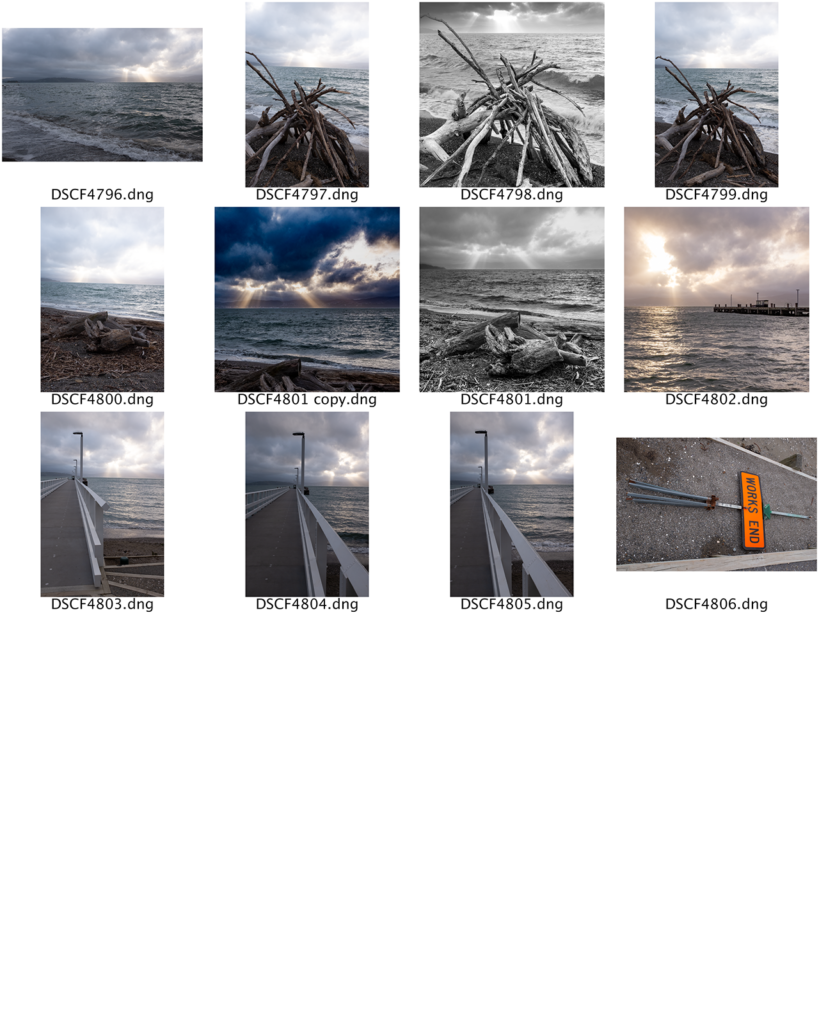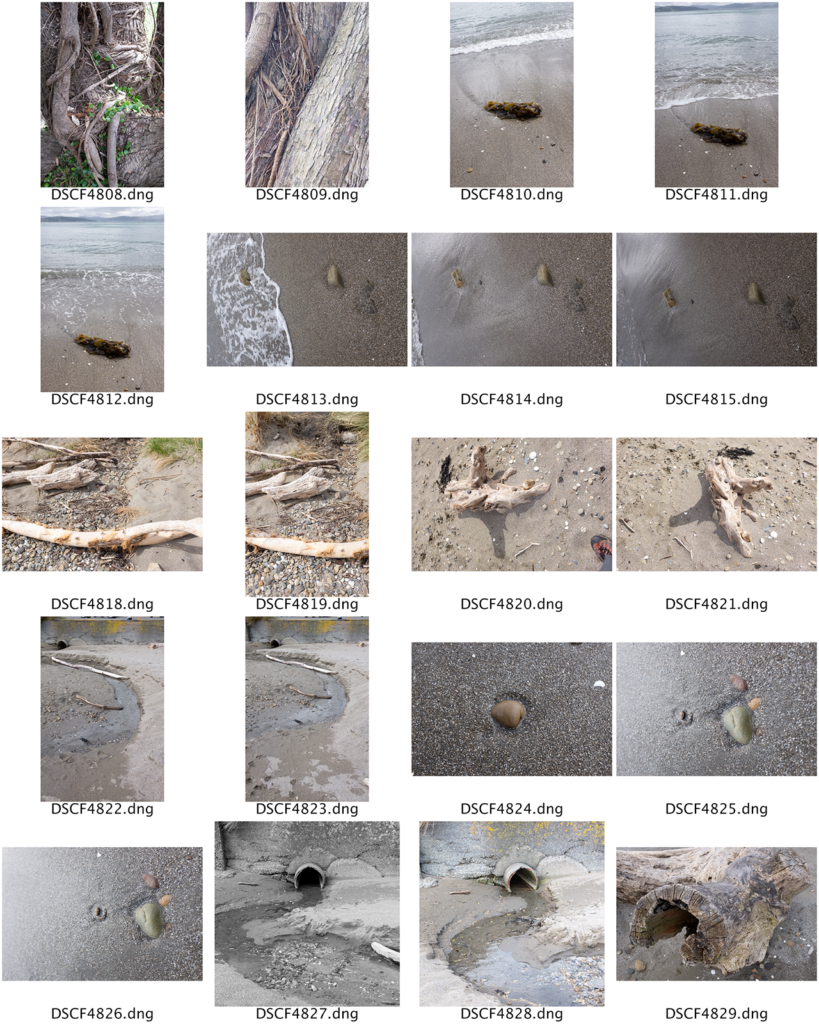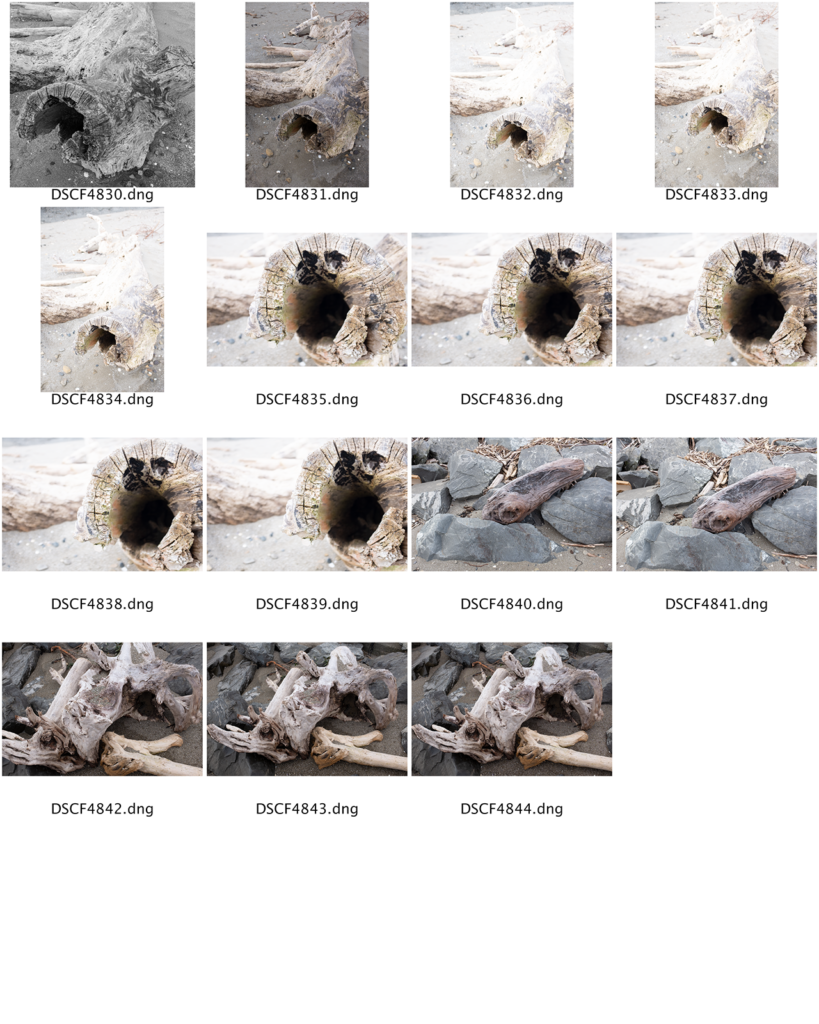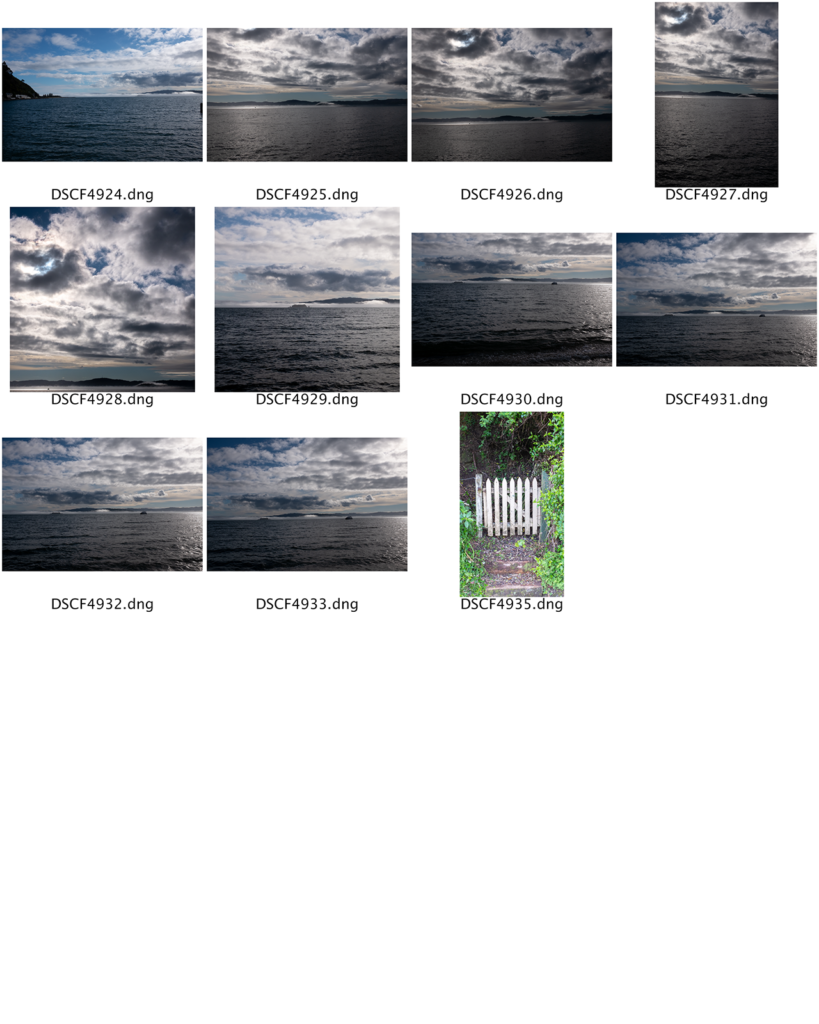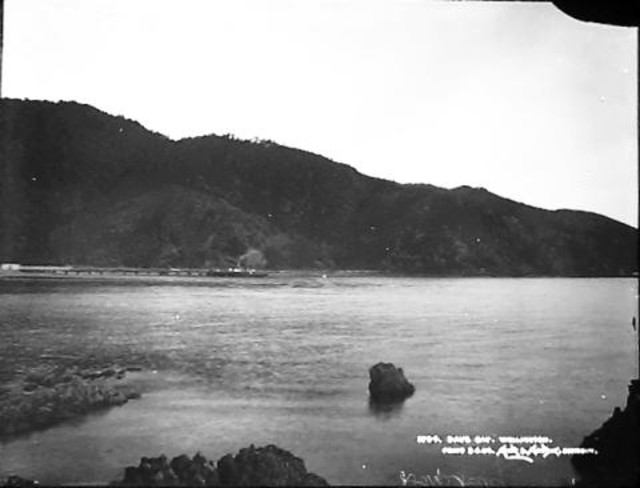3rd March, 2022
Photography Basics
Basic, analogue stuff
Not going to make a lot of notes on this – been doing this for a long time.
Guidance around use of tripod if slow shutter speed. Not sure I agree with a handheld if shutter speed over 1/60s, particularly for long lenses.
My own preference for hand holding: 1 / focal length is a good rule of thumb, e.g. 100mm lens, can hand-hold up to 1/100s. Need to factor in the 1.6x of APS-C, so a 100mm lens on an APS-C camera can be handheld at shutter speeds faster than 1/160s.
Also, depends on the shutter. The uber slick shutter in my X100T doesn’t move the camera, and the release is very smooth, so I can get away with hand-held shots at 1/10s if I’m careful.
Digital stuff
This is the main reason why I’m here…
Digital Noise
Film grain is more like a texture that brings to life the images. Noise is a defect of the sensitivity of the camera to the light. Noise is the result of the interpretation of the light in an image that the camera can’t capture. In digital photographs, “noise” is the commonly-used term to describe visual distortion.
The size of the grains in the film varies depending on the film sensitivity. The more sensitive the film, the larger the grains. Digital noise is always the size of a pixel, regardless of the ISO setting.
Film grain is color neutral, as it consist mostly of luminance differences. Digital noise consists of both luminance and color differences, and is most visible in the blue color channel.
In the more recent digital cameras the digital noise is quite even. In earlier models the noise had more banding and patterns. The film grain doesn’t have any banding or patterns, so it’s seen as pure noise. If the digital noise has any banding or pattern, the brain can easily pick that up, and that is more disturbing than pure noise.
Neither grain nor noise eats detail. It’s noise reduction that eats detail, as it can’t tell the difference between small details and noise. Noise reduction is used on digital noise, but it can also be used to reduce film grain.
Project Concept
Look at Days Bay out of season.
Shoot the bay and the surroundings during quiet times.
Images from recent shoots
Turns out that I do have some existing recent images that would work for this concept.
Note for review: all of the edits to images on these contact sheets were made as part of Lens.

